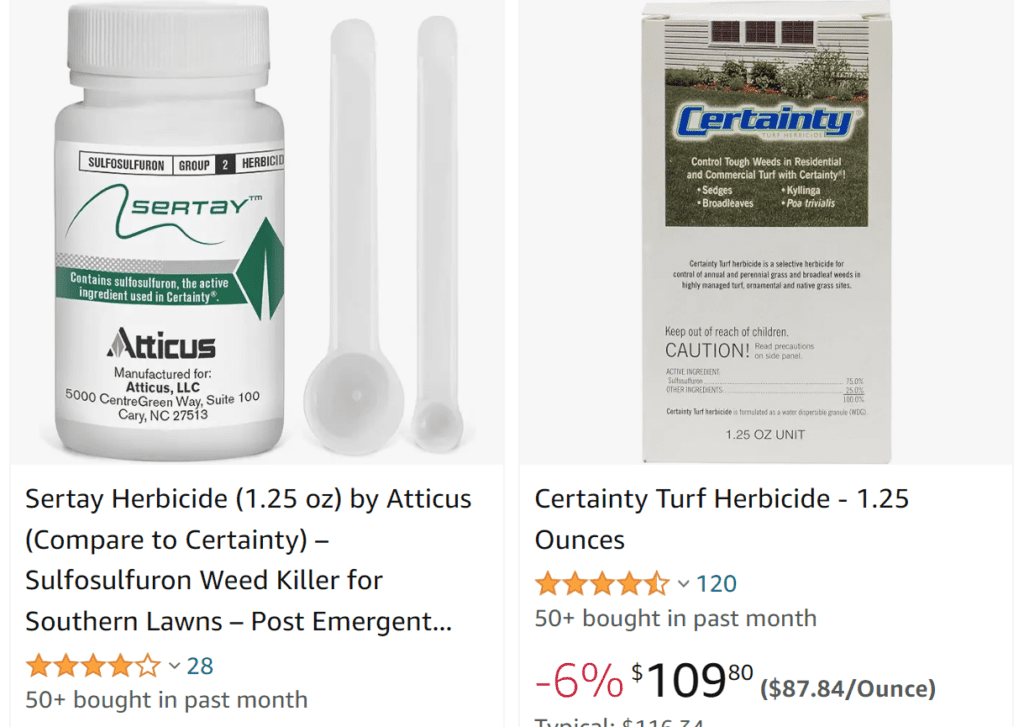Introduction
Grubs, the larvae of various beetle species, can wreak havoc on your beautiful lawn by feeding on the roots of your grass, leading to brown patches and weakened turf. Effective control is crucial to maintaining a healthy lawn. In this comprehensive guide, we’ll explore the best strategies to battle grubs, including the use of Imidacloprid and Clothianidin, two popular grub control chemicals.
Identifying Grub Damage
Before addressing the issue, it’s essential to identify signs of grub damage:
- Irregular brown patches in your lawn.
- Spongy or loose turf that can be easily rolled back like a carpet.
- Increased presence of birds, skunks, or raccoons digging in your lawn to feast on grubs.
Imidacloprid: The Preventative Approach
Imidacloprid is an effective preventative measure to control grubs. Here’s how to use it:
- Timing Matters: Apply Imidacloprid in the late spring or early summer before adult beetles lay their eggs. This is typically when soil temperatures reach 55-60°F (13-16°C).
- Even Application: Follow the product label instructions for proper application rates and methods. Ensure even distribution of the chemical over your lawn.
- Water In: After application, water your lawn to move the chemical into the root zone.
- Season-Long Control: Imidacloprid can provide season-long control by preventing grubs from feeding on grass roots.
Clothianidin: The Curative Solution
If you miss the window for Imidacloprid application or notice grub damage later in the season, Clothianidin can come to the rescue:
- Identification: Confirm the presence of grubs in your lawn by inspecting the soil and roots. If they are present, take action immediately.
- Application Timing: Clothianidin can be applied later in the season, even when grubs are actively feeding.
- Follow Label Instructions: As with any pesticide, carefully read and adhere to the product label instructions for application rates and safety precautions.
- Water In: After application, water your lawn to help the chemical reach the grubs in the soil.
- Monitoring: Keep an eye on your lawn for signs of improvement. Clothianidin works by killing grubs as they feed on the roots.
Dylox is also an option for curative.
Conclusion
Grub control is essential for maintaining a healthy lawn. Whether you choose Imidacloprid for prevention or Clothianidin for curative action, proper timing and application are crucial. Additionally, practicing good lawn care, such as regular mowing, watering, and aeration, can help prevent future infestations. Remember to consult with a local lawn care professional for the best grub control strategy tailored to your specific region and lawn conditions.



